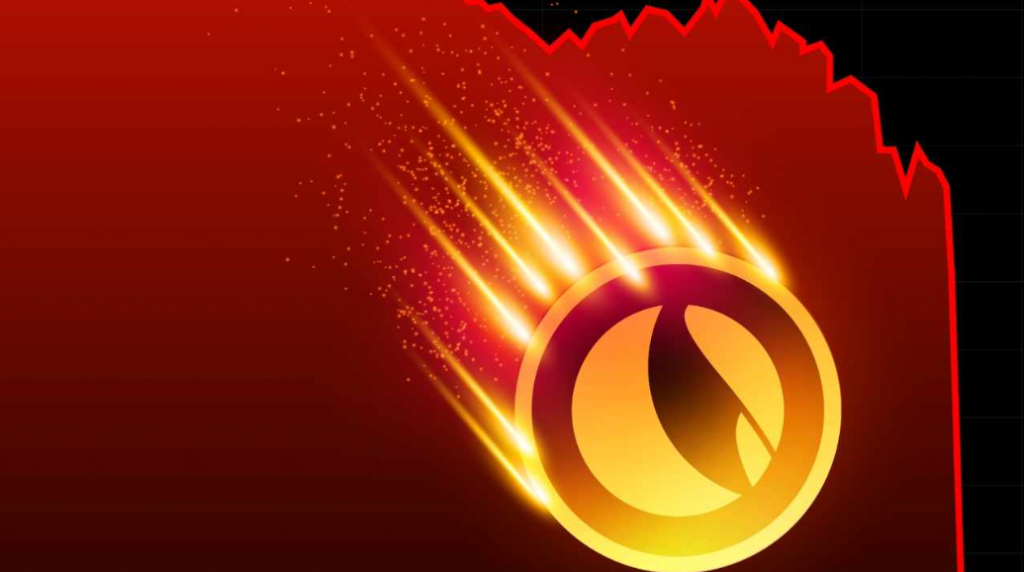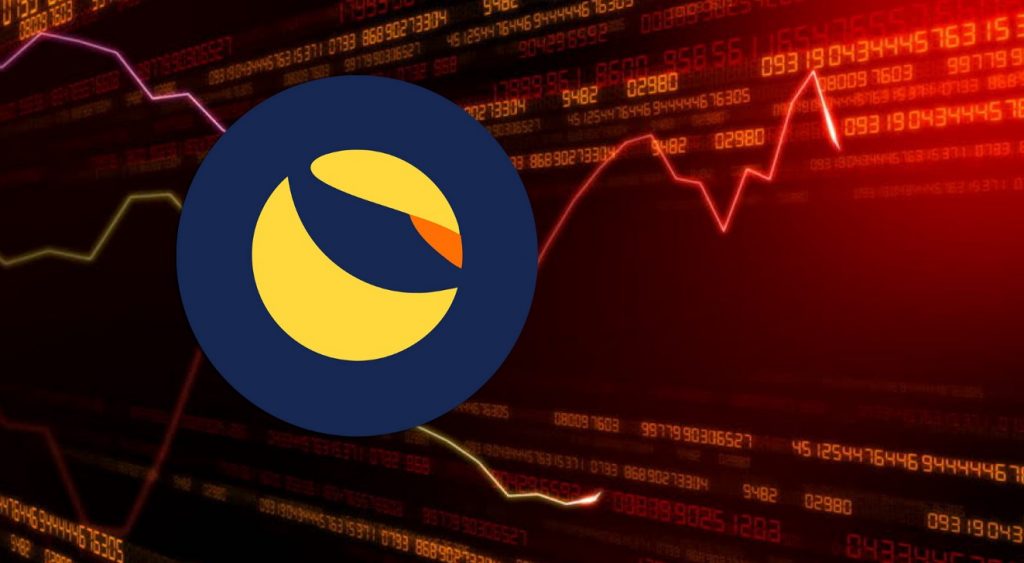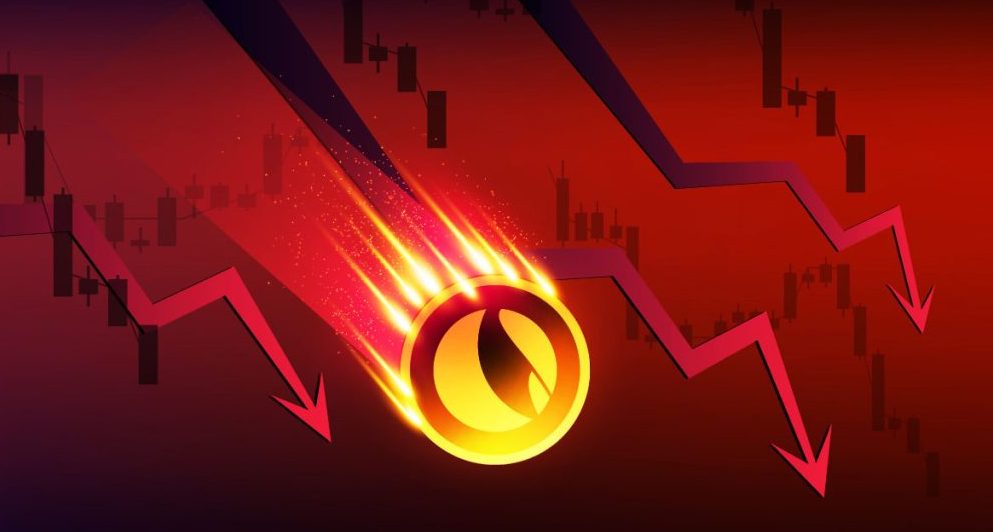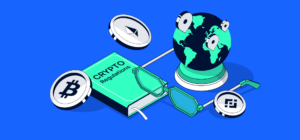Luna cryptocurrency and its collapse

Luna is a cryptocurrency designed to improve the efficiency of digital payments
The Luna token traded at around $116 in April before eventually dropping to a few tenths of a cent before being delisted. Before that, the token was worth less than $1 in early 2021 and spawned many cryptocurrency millionaires within a year. This has led to Kwon’s cult-hero status among (some) cryptocurrency retail investors. There have been many success stories in the media about how ordinary people got rich with Luna.

Stablecoins serve three purposes, but primarily to facilitate crypto transactions. They provide liquidity and a safe haven for traders. UST is used for the deal with Luna, as well as the 19.5% APY it earns from Terra’s lending protocol, Anchor.
Until a few days ago, D.S. thought investing in cryptocurrencies was one of the best decisions of his life. He invested 80,000 euros ($84,300) in Luna — double the 40,000 euros ($42,200) he invested nearly a year ago. Today, when he opened the app to see how much he had left, the picture was bleak: 4 euros ($4.22). “It seems to be one of the safest bets. Even with Bitcoin crashing, Luna is hitting new all-time highs. They want to start a lot of projects, and they have the backing of investment funds,” said the 32-year-old Spaniard, at Digital Currency In just three days after the crash, most of his savings evaporated.
Luna is based on the blockchain technology
Previous holders of Luna and UST are promised to receive tokens on this new blockchain via an airdrop. To prevent investors from selling all Luna tokens at once, investors with more than 10,000 tokens will only receive 30% of their tokens at a time, while the remaining 70% will be distributed over two years. Those with more than one million tokens will have to wait a year to get their tokens, which have a four-year lock-up period. Binance said it was “working closely with the Terra team” to provide the “best possible service” to Binance users affected by the crash.
I believe in blockchain, the underlying technology of cryptocurrencies. Whether or not the cryptocurrency price run is paused, the underlying technology is incredible and will undoubtedly be the technology of the future. Whether this is a temporary halt for “moonshot” currencies, only time will tell. (The author is the founder of Pushstart. Opinions are his own.)
Lightspeed Venture Partners, a large cryptocurrency-focused firm that has invested $250,000 in Luna tokens, wrote that they remain committed to the space. “Lightspeed has been investing in blockchain for over 8 years. We see this as a bigger computing paradigm shift than Bitcoin’s recent price ups and downs. We’re doubling down, especially on infrastructure, DeFi, and new use cases,” they wrote.
Luna suffered a collapse in value in february
Its bonds have been lost, and investors are now rushing to sell the associated Luna tokens. Luna’s price fell to about 4 cents on Thursday from about $85 a week ago, according to Coin Metrics, rendering the cryptocurrency nearly worthless.
Last week, a combination of falling cryptocurrency prices and challenging economic trends sparked panic in markets. The price of Luna dropped almost to zero. As critics predicted, the price of TerraUSD plummeted at the same time, falling from a peg of $1 to 11 cents this week. Within days, the crypto ecosystem Mr. Kwon had built was essentially worthless.

However, last month UST lost its bond and the system collapsed. Despite the creation of tons of new Lunas, UST is effectively worthless. LUNA’s price plummeted on the heels of UST, as the asset’s market value fell by more than $29 billion in just eight days.
Luna has faced criticism for its lack of security
“A shabby and random start, a lack of confirmation of a new pivot and a loss of confidence in the team meant that Luna lost momentum right after take-off. When Terra’s in-house legal team resigned on May 18 in the wake of today’s Luna Classic incident , the loss of goodwill is further exacerbated,” he added.
In response, the Luna Foundation Guard initially mobilized nearly $1.5 billion from its reserves, injecting liquidity into the ecosystem and protecting bonds. [xii] However, this is not enough. In fact, the deployment of Bitcoin from reserves created further selling pressure as the broader crypto market fell along with UST. The situation continued to deteriorate, and then the Luna Foundation Guard sold almost all of their remaining bitcoin. [xiii] Once LUNA reached zero, most exchanges stopped further trading of LUNA and eliminated any possibility of recovery.
Its history repeats itself all over the world. Luna is being developed by Terraform Labs, owned by 30-year-old Korean Do Kwon. Until a few days ago, it was considered one of the biggest success stories in the industry. Last week, before the collapse, a young Luna investor described Kwon as “a visionary, a future Elon Musk.” Tens of thousands of retail investors around the world have put money into Luna, which was once valued at $18 billion. But perceptions of Kwon are now changing as investors begin to accept losses. On forums like Reddit, former fanatics lamented their losses, and some users expressed suicidal thoughts. Now Kwon fears for his safety. After the Luna accident, a stranger broke into Kwon’s apartment, rang the doorbell and asked his wife if her husband was home, before running away. Kwon’s wife has reportedly sought police protection.
Luna is looking to improve its security measures
In February, the Luna Foundation Guard provided $450 million to Anchor Protocol to continue backing interest payments. Terra is a sign of a Ponzi scheme escalating at this time, but both UST market cap and LUNA token price have surged after this award.

To ensure the security and stability of the system, money must fulfill three functions: store of value, unit of account, and medium of exchange. If the monetary system relies on key nodes or entities (whether public or private), these nodes or entities must be held accountable through specific mandates to public authorities and appropriate regulation and oversight of private entities. A monetary system should be efficient, allowing reliable, fast payments to support large-scale and low-cost economic transactions. Affordable access to basic payment services, especially transaction accounts, should be universal to spread the benefits of economic activity and promote financial inclusion. Last but not least, the system must protect privacy as a fundamental right and give users control over their financial data. The integrity of the system must be protected by preventing illicit activities such as money laundering, terrorist financing and fraud.
Second, if the technology matures and works within regulation, it can play a role in improving the functioning of the financial system. In particular, the technology has the potential to increase the efficiency of certain elements of finance, including payments.





